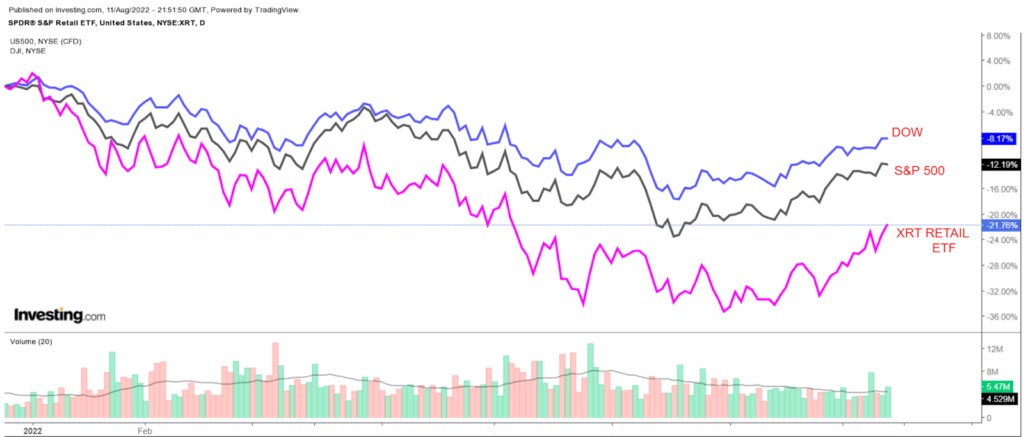Navigating the 2023 Market: Small-Cap Stocks Trail S&P 500 and Nasdaq’s Dominance
According to RBC Capital Markets, small-cap stocks in the United States are performing relatively well compared to the S&P 500 and Nasdaq Composite, despite still falling behind them this year. They are said to be putting up a strong fight and showing positive trends.
Based on Monday afternoon trading levels, FactSet data shows that the Russell 2000, which monitors small-cap stocks in the United States, has experienced a slight increase of approximately 2.8% in 2023, in contrast to the S&P 500, which has risen by 11.7%, and the technology-focused Nasdaq Composite, which has surged by 26.8%.

According to Calvasina, who leads U.S. equity strategy at RBC Capital Markets, Nasdaq valuations appear overpriced. However, the S&P 500 and Russell 2000 are currently lower than recent peaks, which differs from the Tech bubble. RBC Capital Markets has a preference for small-cap stocks over large-cap stocks. Calvasina stated that small-cap stocks are finally becoming involved in the earnings per share (EPS) revisions recovery. She noted that the rate of upward EPS estimate revisions has increased to 50% for the Russell 2000, with over half the sectors in the index displaying positive revisions in terms of both EPS and revenues.
RBC identified several small-cap stock areas that exhibit positive revisions in both revenue and EPS. These areas include utilities, consumer goods, healthcare, industrial manufacturing, communications services, information technology, and TIMT, which stands for technology, internet, media, and telecommunications sector.
As stated in the written communication, stocks with a smaller market capitalization generally reach their lowest point in value before the estimated earnings per share projections begin to increase once more, typically taking three to six months.
Calvasina stated that the Russell 2000 has been struggling to reach a low in comparison to the S&P 500. Currently, the ratio between the two indexes is only slightly higher than their lowest point in March 2020.
According to data from FactSet, the S&P 500, which measures the performance of U.S. large-cap stocks, is close to exiting a bear market as its current trading level sits around 4,287 as of Monday afternoon. Dow Jones Market Data suggests that the index will only officially exit its bear market status if its trading level reaches or surpasses 4,292.438.
According to FactSet data, the stock market in the US showed a variety of results on Monday afternoon. At the time of the data, the S&P 500 increased by 0.1%, the Dow Jones Industrial Average decreased by 0.3%, and the Nasdaq gained 0.2%.
In the context of stocks with small market capitalization, the Russell 2000 saw a 1.1% decrease during Monday afternoon trading. This came after a 3.6% increase on Friday, resulting in the largest daily percentage gain for the Russell 2000 since November 10th, as reported by Dow Jones Market Data.




